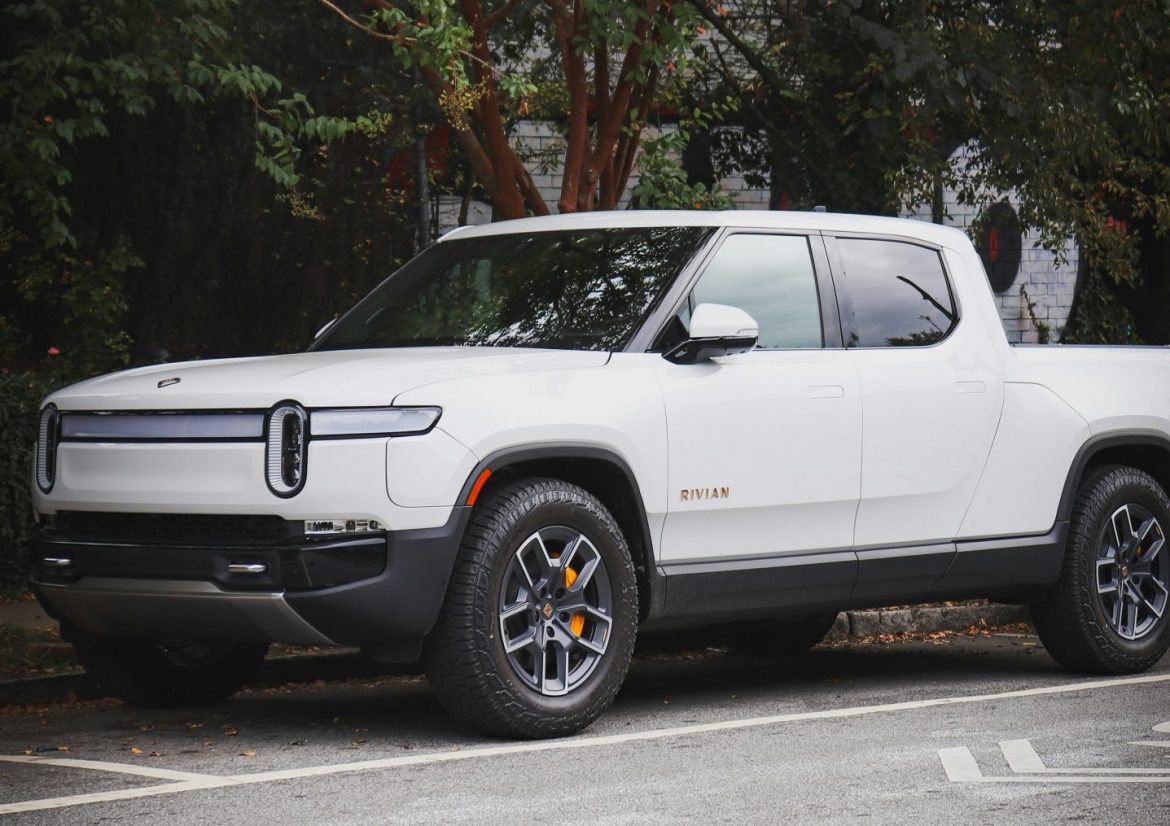As American electric vehicle manufacturer Rivian Automotive transitioned to new suppliers for fresh materials, it missed market estimates for quarterly production. The move to a new supplier was a way to reduce costs and improve efficiencies. In the first quarter ended March 31, the Amazon.com-backed company produced 13,980 vehicles as compared to 14,250 units expected by eight analysts polled by Visible Alpha.
The results led to the falling of the company’s shares by around 1% in premarket trading. While the quarterly production figure rose around 50% year-over-year, it was quite below the 17,541 vehicles it produced in its preceding three months. While Rivian reaffirmed its annual production forecast, the company is bound to lose out on production days as it plans a week’s long production shut down in the second quarter to upgrade its production line.
The maker of R1T pickup trucks and R1S SUVs, Rivian reported first-quarter deliveries of 13,588 units, a sequential decline of around 3%, which is smaller than the 10% to 15% decline it forecast in February. However, the delivery figures fell at a slower rate than the company’s forecast. This could help provide the company with some respite to investor concerns around a slowdown in EV demand. In this uncertain economy, consumers are looking for more affordable hybrid vehicles, thus slowing down the EV market.
In a bid to avoid higher ownership costs, some buyers in the United States have opted for hybrids over pure EVs over the past few months. Additionally, some models saw slowing demand as they lost eligibility for federal tax credits after the country revised its EV tax credit rules.
Some few thousand additional vehicles already built by Rivian have not been included in this quarter’s figures as they await a part which they expect to receive in April. This has led the company to lose out on numbers this quarter.
In a separate development, Rivian unveiled its smaller, less expensive electric R2 SUVs and R3 crossovers last month. The company will build the R2 at its existing US factory as it will save the company more than USD 2 billion. The higher prices of battery vehicles compared to combustion engine cars have prompted EV makers to introduce more compact and cost effective models to woo buyers in an uncertain economy.



